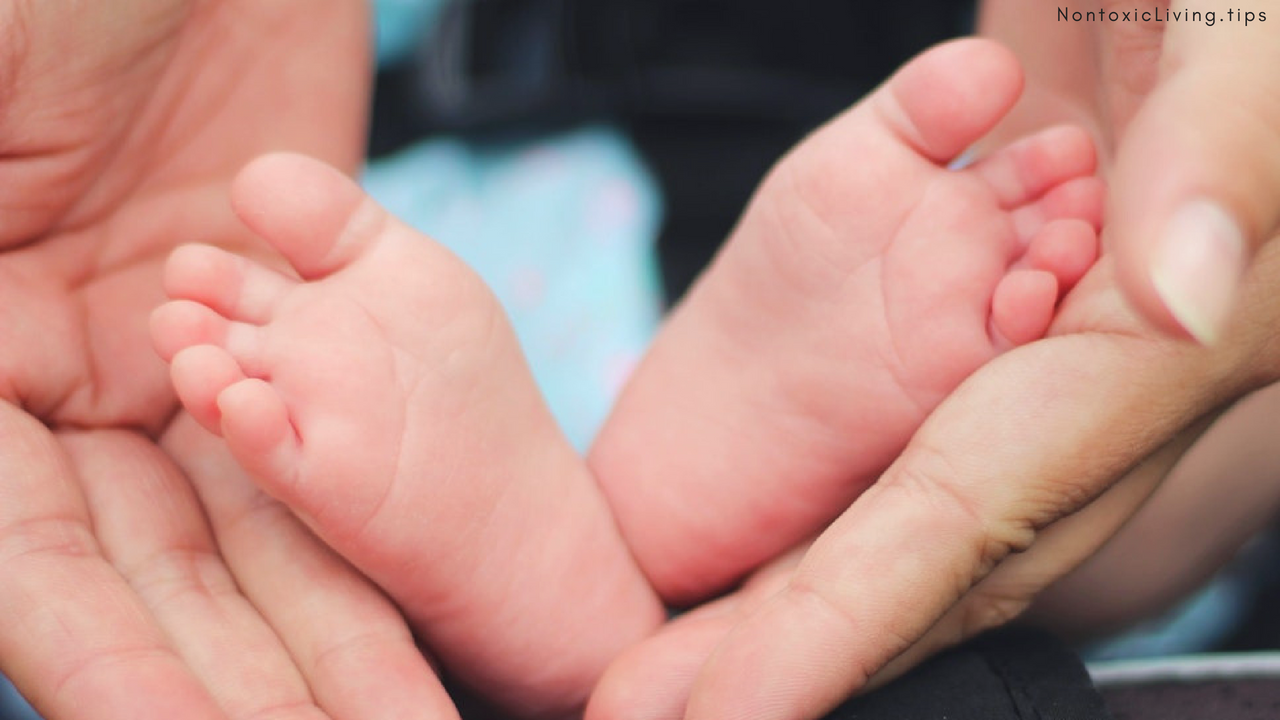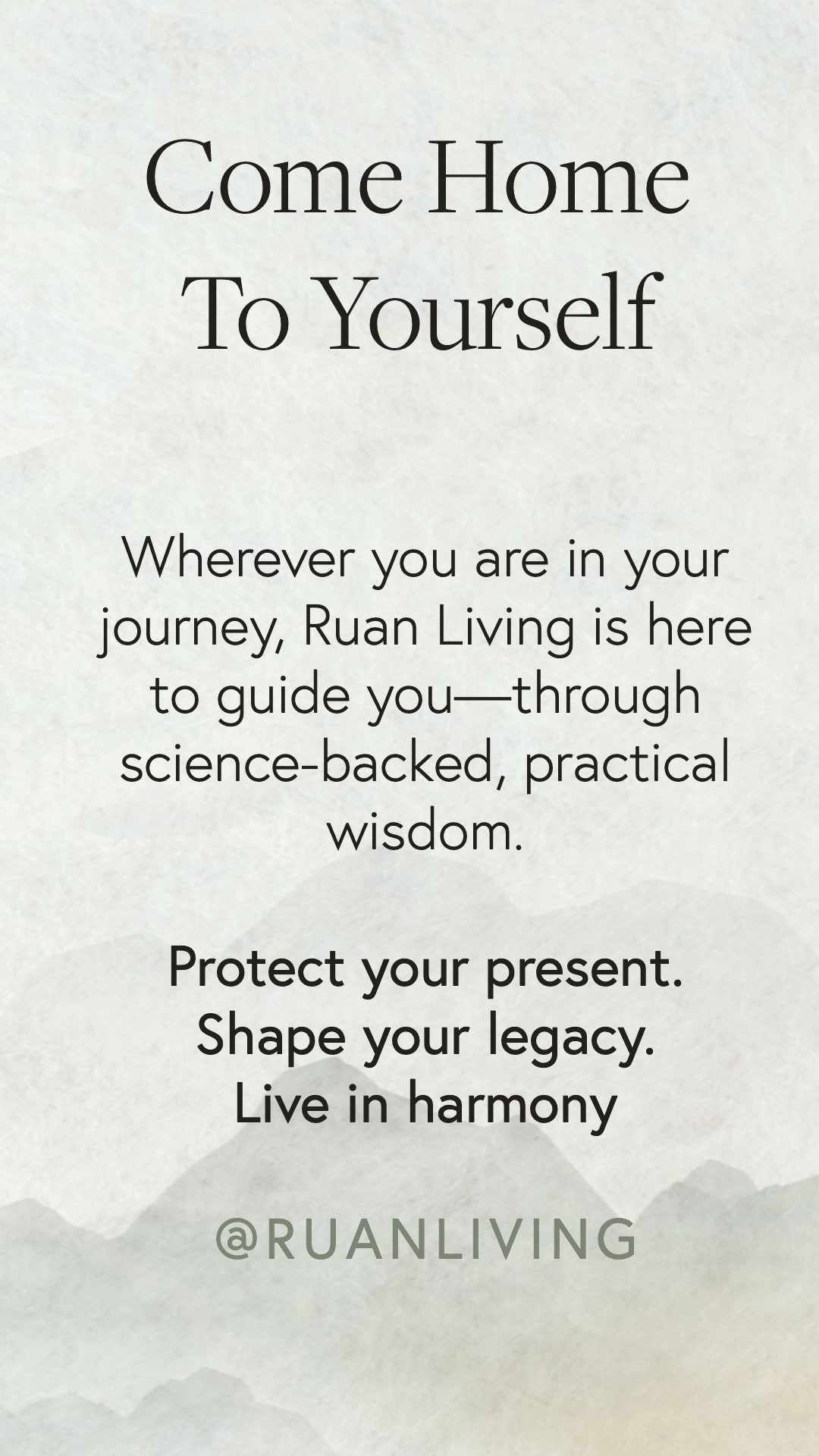
How to Choose A Nontoxic Baby Crib
Jul 09, 2018by editorial team and Sophia Ruan Gushée
Our toddlers spend about 12-14 hours per day (night time and naps) sleeping in their bed during their first 2 years of life. (1) They use that time to get stronger and grow.
While our 6-month olds are just starting to sit, our 12- or 18-month olds are starting to walk. It’s incredible the progress made in such a short amount of time.
It’s our job as parents to protect them at that young age.
One of the ways to do that is to make sure their baby crib is made without toxic materials.
Can a crib be toxic to your baby?
Yes, they certainly can be. Cribs are constructed from wood, glues, and finishes (paint or stain and finish). Mattresses are made from filling material, covering materials, glues, fabric finishes, and sometimes plastic. Each of these materials can be made with synthetic fibers and other materials made of chemicals that have been found to be toxic to health, especially in children.
Let’s take a closer look.
Advertised as “solid wood” or “solid wood and wood veneer,” cribs made of solid wood can mean they are made of solid softwoods—like pine or solid hardwoods (such as oak).
Softwoods, even solid softwoods, are known for releasing volatile organic compounds (VOCs) into the air, contributing to poor indoor air quality that has been linked to health conditions and illness. Paints, stains, and finishes (wood finishes and material finishes) often have VOC chemicals as well as other chemicals that have been linked to health conditions.
Crib mattress' filling is often made of polyurethane foam that typically has more than eight chemicals in it. These chemicals may affect brain development, reproductive health, the immune system and the endocrine system to name a few of the health hazards. (2)
Some of the same chemicals are used to make vinyl crib mattress coverings as well.
Benefits of a nontoxic crib
The chemicals found in crib frames and crib mattresses may be associated with a host of health conditions—including developmental effects, cancer, and damage to the nervous system, liver, and/or kidneys. (3) Therefore, choosing a nontoxic baby crib may help protect kids as their little bodies develop.
Ways to identify a suitable nontoxic crib for your baby
Here are a few tips when selecting a nontoxic crib:
Crib frame
- Solid hardwood construction
- Nontoxic and zero-VOC glues
- Low-chemical and zero-VOC paint, stain, and/or finishes
Crib mattress
- Organic cotton mattress covering
- Organic wool, cotton, or natural rubber mattress fill
- Manufactured with nontoxic glues, or (even better), hand sewn/stitched mattress
- No flame retardant (requires a doctor’s note currently) or the least amount of flame retardant possible
- Free of specialty finishes such as “water resistant” or “stain resistant”
- No plastic covering on the mattress
Conclusion
Kids spend about 12-14 hours per day sleeping in their crib, so it’s important to choose a nontoxic baby crib made of materials that doesn’t harm their growth and development. Standard cribs have been found to contain chemicals that cause a multitude of health conditions, including harm to the development system. Consider choosing crib frames made of solid hardwood and nontoxic finishes, and mattresses made of organic materials with nontoxic glues and finishes. The lowered amount of chemicals in your baby crib may make a positive difference in their development and health.
References
(1) Kids Health.org
(2)(3) A to Z of D-Toxing
🎁 unlock your ULTIMATE HOME DETOX™ starter pack
Download the Ultimate Home Detox™ Starter Pack—your free set of practical, science-backed tools to begin reducing toxic exposures in your everyday life.
- Nontoxic Cleaning Guide
- Forever Chemicals Detox Starter
- EMF Detox Challenge
- Safe Cookware Starter Kit
- Kitchen Detox Checklist
- Fertility / Pregnancy / Children's Detox
Join 349,000+ people who’ve turned to Ruan Living for trusted, practical nontoxic guidance. These resources have helped thousands begin their journey toward a healthier home—and they’re yours, free.
GET YOUR ULTIMATE HOME DETOX™ STARTER PACK NOWWe hate SPAM. We will never sell your information, for any reason.



